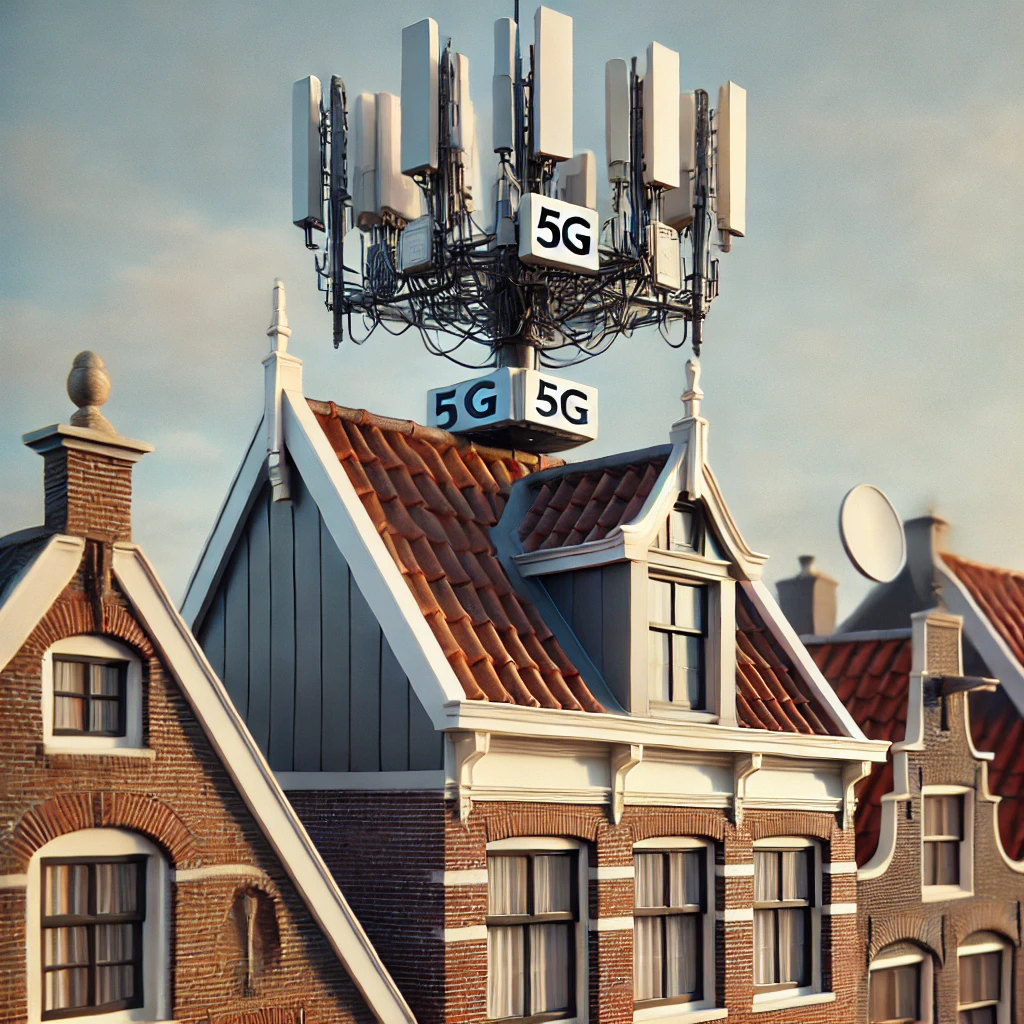
How many new antennas will be needed for 5G in the Netherlands?
3-5-2021

In a study commissioned by the Dutch Ministry of Economic Affairs, Dialogic finds that between 296 and 726 new antenna sites (which, in many cases, are shared between operators) are necessary over the coming six years. Until 2027, we do not expect deployment of large-scale small cell structures (as seen in large metropoles such as Jakarta).
Data usage on mobile networks will continue to grow in the foreseeable future. Mobile network operators need to continuously improve their networks in order to keep up with the demand.The recent introduction of 5G provides new technology and opportunities to further increase mobile network efficiency, while also generating new demand from use cases employing 5G’s new functionalities, such as low-latency communications and higher througput. Nevertheless, additional base stations are needed to increase the density of mobile network capacity. Adding new base stations decreases the area (and therefore number of users) served by a single base station, and hence increases the capacity per user.

Dialogic modelled the demand for new antennas by comparing expected demand for mobile network capacity, assuming different growth scenarios, with expected capacity offered by the current networks, assuming certain technological upgrades and deployment of new spectrum (among which the 3.5 GHz and 26 GHz bands). This exercise leads to a precise estimation of the amount and number of base stations that are very likely to encounter a capacity bottleneck between 2021 and 2026. For these base stations, further analysis was performed to determine how many new base stations would be necessary to provide the demanded capacity. The results are then translated to a number of antenna sites, account for potential site sharing between the operators.
Perhaps surprisingly, many of the expected new base stations are necessary to fulfil coverage requirements set by the Dutch government. A much smaller number (16-36 sites) are required to accomodate demand growth. The largest driver however is network improvement, which leads to new sites throughout the country (particularly near new residential areas).